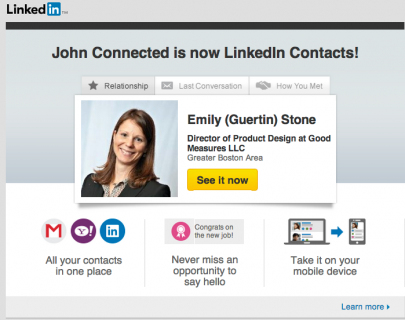 A lot of businesses who use Constant Contact or Mailchimp or a similar app for email marketing are now recognizing limitations for expand digital and email marketing and more automated inbound programs. To address the selection of a new email service provider (ESP) or marketing automation solution is not easy. It is critical to understand business needs especially when there are different business areas involved. Some business areas may want to run their own campaigns from sales using a CRM like salesforce or MS dynamics or SugarCRM. Others may expect marketing to run campaigns and hand over qualified leads or flow them directly into the CRM. Without considering longer term strategic direction and the needs of each business group, the choices are not fully clear and this makes a confident selection more challenging.
A lot of businesses who use Constant Contact or Mailchimp or a similar app for email marketing are now recognizing limitations for expand digital and email marketing and more automated inbound programs. To address the selection of a new email service provider (ESP) or marketing automation solution is not easy. It is critical to understand business needs especially when there are different business areas involved. Some business areas may want to run their own campaigns from sales using a CRM like salesforce or MS dynamics or SugarCRM. Others may expect marketing to run campaigns and hand over qualified leads or flow them directly into the CRM. Without considering longer term strategic direction and the needs of each business group, the choices are not fully clear and this makes a confident selection more challenging.
A further challenge is that today’s revenue technologies are evolving rapidly, and solutions range from email marketing point solutions to integrated marketing automation. As the industry consolidates and new entrants emerge, there is increased importance on ensuring that any solution will fit into a longer term ‘revenue technology ecosystem’.
We are often asked us whether a Marketing Automation solution should be considered over an ESP. While many of the capabilities of a marketing automation system can be found in ESP, Web analytics, and website CMS solutions, marketing automation systems offer additional levels of integration by combining features in a single product. This brings additional capability, including:
- Behavior / known visitor tracking by maintaining a profile of website visitors and other activities of individuals. While Web analytics products capture page and session statistics, they do not link these to known individual identities. Marketing Automation houses the contact databases and links website visits. This helps inform lead scoring and prioritization.
- Lead Scoring with website visits, downloads and other behaviors help to build a score to measure the quality of a lead or prospect. Priority leads can be provided to sales departments with greater levels of intelligence. Scores can include attributes (title, company, location, etc.) and behaviors (email responses, Web forms completed, pages viewed, etc.).
- CRM integration and data exchange. A two-way exchange of contact, campaign and lead information between the marketing automation system and CRM or CIF systems are critical for master data management and intelligent contact and lead management. These capabilities help to ensure that marketing and sales are working from the same information.
To address these questions and ensure that the process fully considers business and technical requirements, you can use a selection process that reflects both short term and longer term business needs. An objective solution selection process uses an iterative and traceable process to move from requirements through to final selection:
- Identifying requirements including key business and technical dimensions
- Collaborating to establish the right criteria upon which to evaluate options
- Developing a long and short list of potential solutions based on key criteria
- Supporting the solution evaluation by engaging vendors where appropriate and applying industry experience, market insight and technical expertise
- Identifying a short list and supporting the due diligence process as required.
Want to learn more and get a selection checklist for Marketing Automation? Sign up here.




